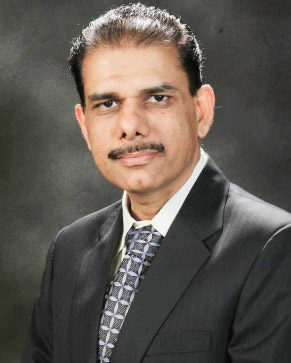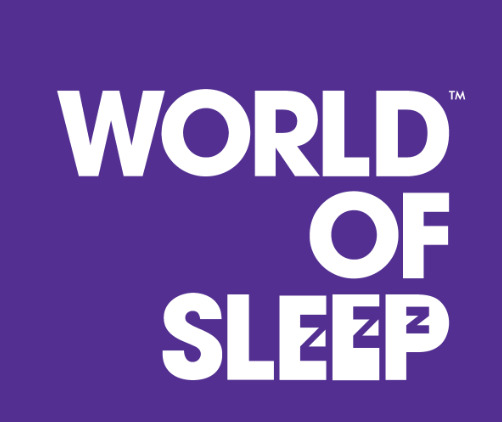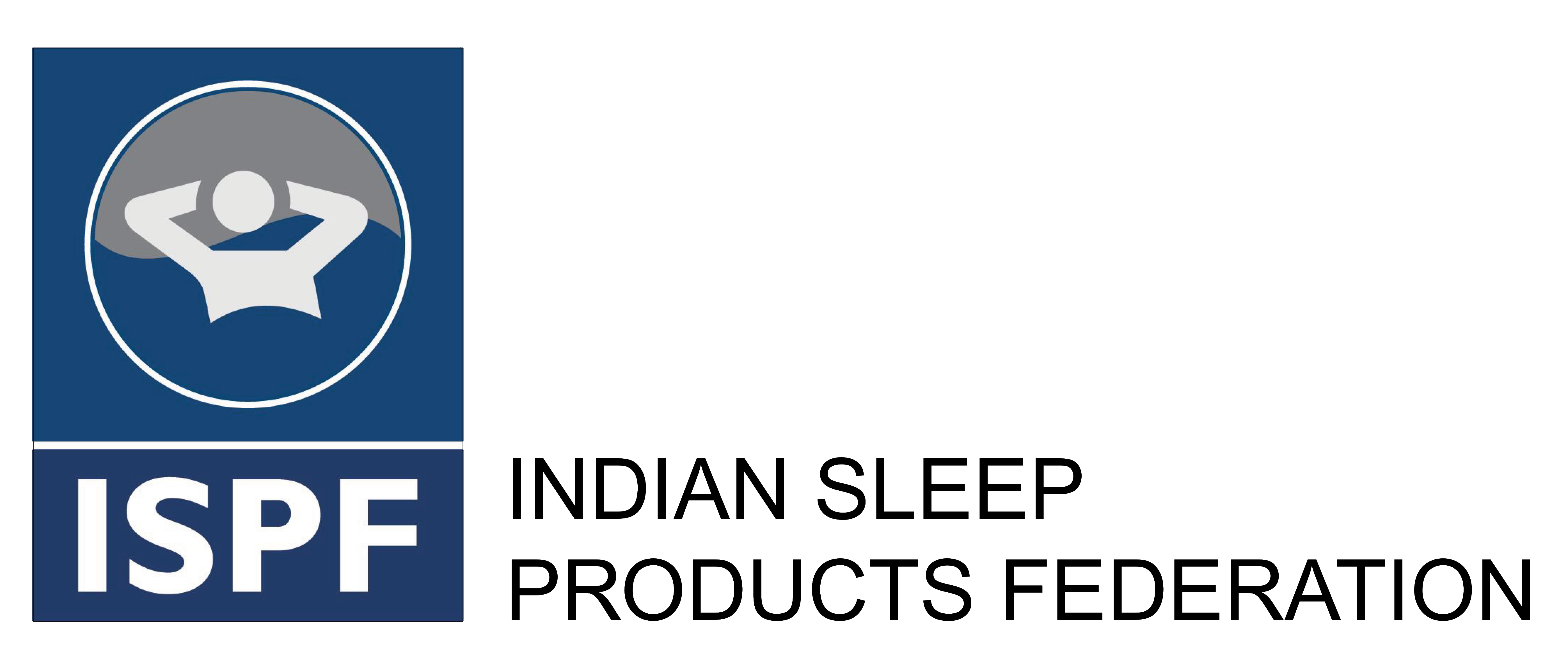
Q What are the current trends and innovations in the polyurethane foam industry in India and globally?
The PU foam industry is witnessing transformative innovation driven by automation, digitization, and sustainability. In India, there is a shift toward high-performance foams such as viscoelastic (memory) foam, reticulated foam for filtration, and flame-retardant grades for industrial applications. Globally, the industry is exploring bio-based polyols, smart foams for automotive and bedding.
Q How is the industry adapting to the growing demand for eco-friendly or sustainable foam products?
Consumers today are more aware than ever about what goes into the products they use especially those that touch their daily lives, like mattresses, sofas, and cushions. In response, the polyurethane foam industry is making significant shifts to meet this demand for greener, healthier options.. Manufacturers are exploring in recycled polyols, and low-VOC processes to reduce environmental impact. There is a clear push toward circular economy practices through initiatives such as product take-back programs and mattress recycling.
Q What impact do fluctuations in raw material prices (like TDI and polyol) have on the foam manufacturing industry?
Volatility in raw material prices, especially TDI and polyol, affects cost structure and margin stability significantly. Foam manufacturers are increasingly adopting forward contracts, alternate sourcing strategies, and internal cost optimization to mitigate these impacts.
Q How competitive is the Indian foam market, and what are the major factors driving growth?
The Indian foam market is highly competitive, with the presence of both organized and unorganized players. Growth is driven by urbanization, rising disposable incomes, increasing demand in automotive, healthcare, bedding, and insulation sectors, and a strong e-commerce channel.
Q What government regulations or environmental norms are impacting the foam manufacturing sector in India?
Key regulations include Pollution Control Board (PCB) norms, and guidelines on VOC emissions. There is growing pressure to reduce carbon footprints, recycle PU foam, and adopt green manufacturing. The Plastic Waste Management Rules, although not directly targeting PU foam, have raised awareness on usage of plastic.
Q What are Tirupati Foam’s strategies for expanding its market share and brand visibility in both domestic and export markets?
- Diversifying product offerings across hospitality, healthcare, and consumer-centric segments.
- Strengthening dealer networks and expanding Tier-2 & Tier-3 city reach
- Investing in branding and digital marketing to increase visibility
- Enhancing presence in export markets through certifications, quality benchmarking, and country-specific compliance
Q How is Tirupati Foam planning to improve operational efficiency or product differentiation in the face of rising competition?
We are leveraging:
- Automation in production lines to reduce wastage and increase precision
- Smart ERP systems for better inventory and logistics management
- Introducing differentiated products for different product use.
- Focusing on B2B product for institutional clients
Q Under sustainability have you taken any initiative to use the Polyol extracted from used PU Foam Mattresses? If not, what other initiatives you have undertaken for achieving the circularity objectives?
While commercial use of recycled polyol from used Pu Foam Mattress is still at a nascent stage in India due to infrastructure and quality consistency challenges, Tirupati Foam has:
- Started pilot collaborations with vendors for PU scrap collection and recycling
- Implemented internal PU foam waste recycling at plant level

